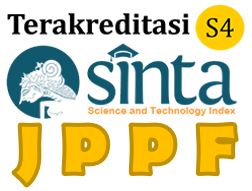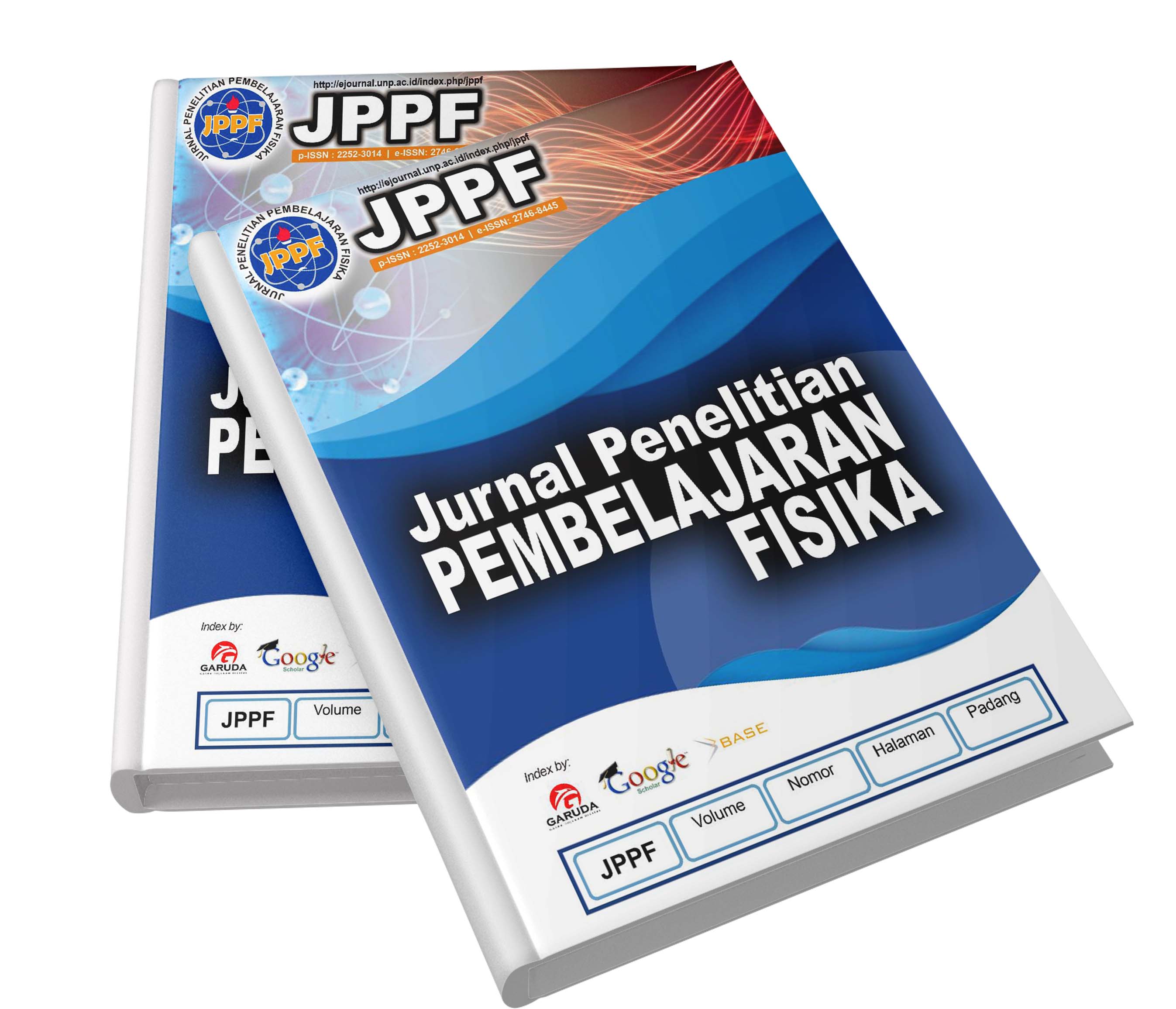Abstract
The learning orientation of the industrial era 4.0 is centered on collaboration between students and teachers. This orientation departs from the paradigm that students are active subjects both individually and collectively and must be under the guidance of the teacher. Teaching materials are essential and important learning resources needed to encourage teacher efficiency and improve student performance so that an ideal collaboration occurs between students and teachers. The guided inquiry learning model provides opportunities to build knowledge through discovery. The use of the guided inquiry learning model is very effective in developing science process skills and learning outcomes for school students. This research was conducted to see the effect of Guided Inquiry teaching materials in science learning on science process skills and student learning outcomes. This research method uses effect size analysis from 20 national-scale journals. The analysis is based on the category of education level, types of teaching materials and types of science subjects at school. The results showed that the use of guided inquiry teaching materials in learning had a significant effect on science process skills and student learning outcomes.




